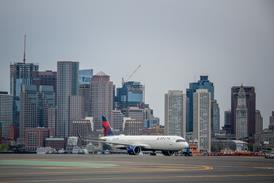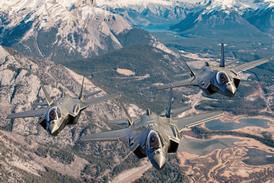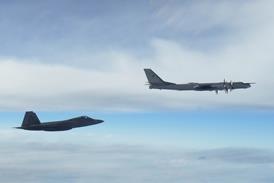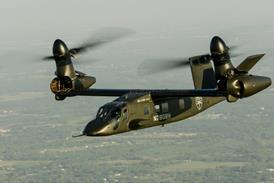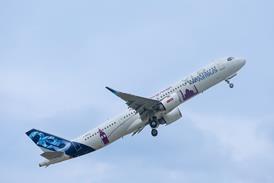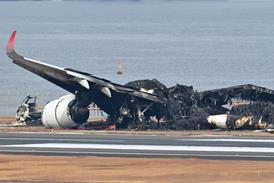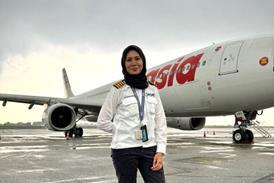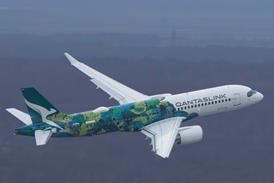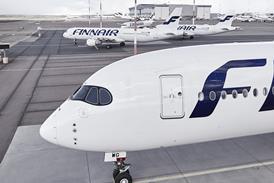A three-year decline in runway incursions at US airports is being greeted sceptically by the US Federal Aviation Administration. While the reduced risk of runway collisions is well-received, agency officials acknowledge it may be too early to tell if progress so far means the FAA's safety campaign is working, writes Stephen Trimble.
The agency's analysis is complicated by the relative infrequency of runway incursions, with 324 total incursions reported in 2003, a year with 262 million US take-offs and landings. Even so, James Schear, the FAA's outgoing vice-president of safety, has labelled runway incursions as the "most difficult" risk area for aviation safety.
In 2003, the FAA recorded 15 fewer incursions than in 2002, and 83 fewer than in 2001. But the numbers may slightly increase this year if current trends continue.
The FAA is focusing on making progress in the number of Category A and B incursion reports, which are the definitions, respectively, for a near-miss and a situation with a significant potential for collision. The agency's goal is to reduce serious reports to 25 a year by 2008, or seven fewer than reported last year. So far this year, US airports are matching the 2008 goal.
But sustained improvement may be difficult to achieve, especially as air traffic in the USA is projected to rapidly expand up to 2008. Even as the FAA unveiled its annual incursions report, runway safety made headlines in the USA with a near-miss reported at Los Angeles.
An Asiana Airlines Boeing 747 pilot cleared to land on runway 24L on 19 August aborted when seeing a Southwest Airlines Boeing 737 in position for take-off. The FAA says the Southwest aircraft was mistakenly cleared for take-off by a controller who had just come on duty.
Source: Flight International


